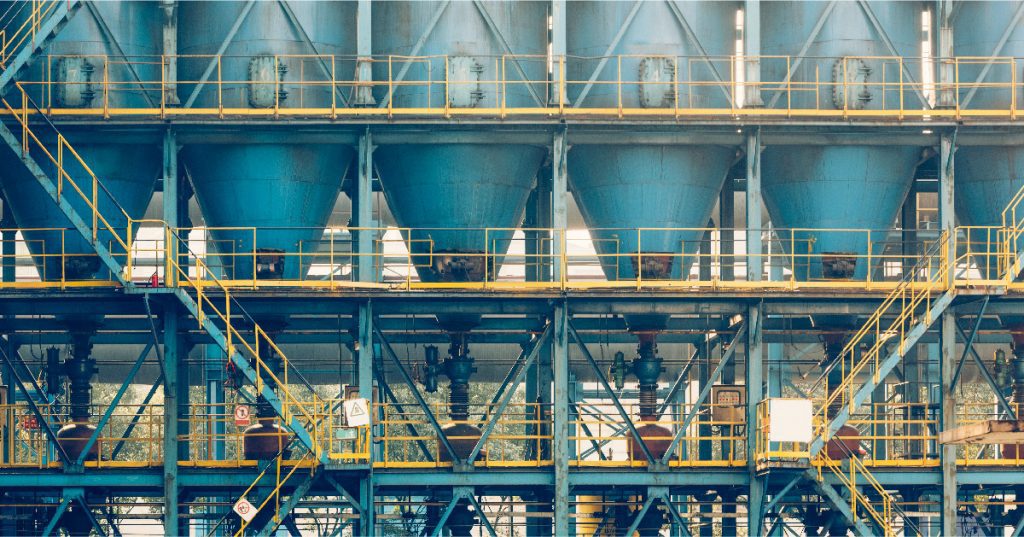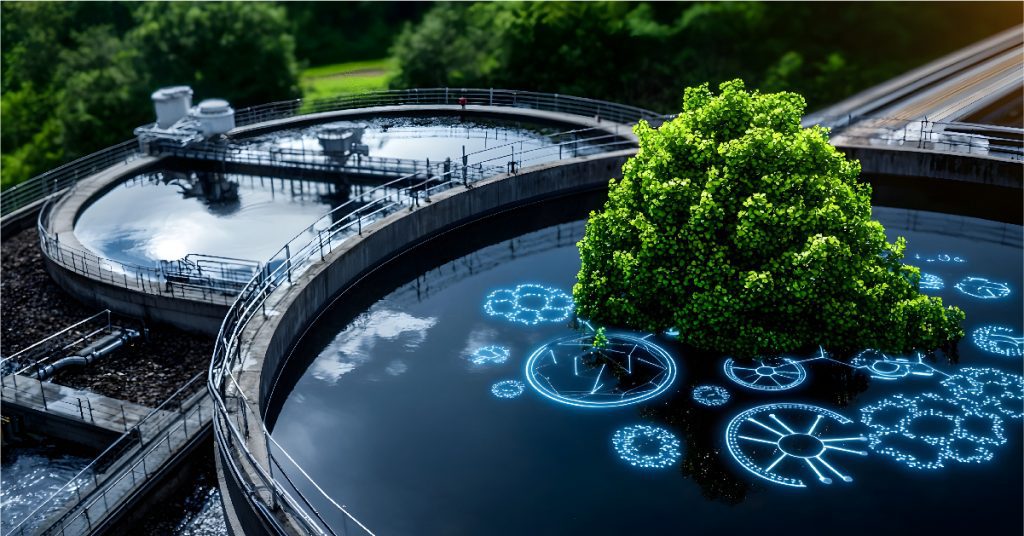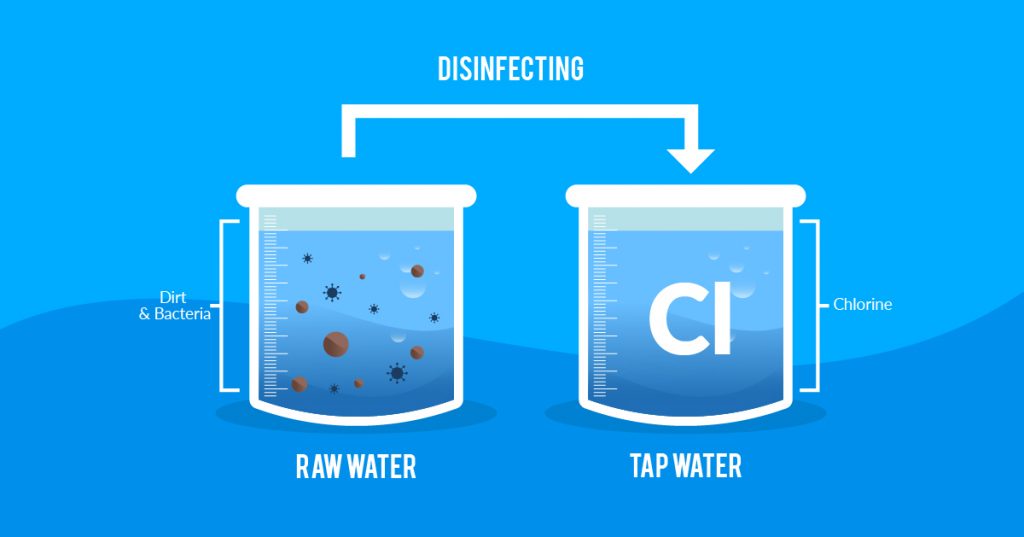Water is a fundamental resource, and its purification is critical for both public health and environmental sustainability. In the USA, advanced treatment methods are continually being developed to ensure safe drinking water and efficient wastewater management. One of the most effective technologies in this field is membrane filtration. Membrane applications have gained significant traction due to their efficiency in removing contaminants, reducing operational costs, and enhancing sustainability.
Understanding Membrane Filtration in Water and Wastewater Treatment
Membrane filtration is a physical separation process that relies on semi-permeable membranes to remove particles, microorganisms, and dissolved contaminants from water. These applications of membrane filtration are widely used in municipal water treatment plants, industrial water purification, and wastewater recycling systems. The primary advantage of this technology is its ability to produce high-quality treated water with minimal chemical usage and energy consumption.
Membrane applications in water treatment include microfiltration (MF), ultrafiltration (UF), nanofiltration (NF), and reverse osmosis (RO). Each of these techniques operates at different pore sizes, making them suitable for varying levels of purification. Microfiltration and ultrafiltration effectively remove suspended solids and bacteria, while nanofiltration and reverse osmosis target dissolved salts, heavy metals, and organic contaminants.
Key Membrane Applications in the USA
- Municipal Water Treatment
Many cities in the USA rely on membrane filtration to produce clean and safe drinking water. Applications of membrane filtration in municipal plants help in removing pathogens, turbidity, and chemical contaminants, ensuring compliance with the Environmental Protection Agency (EPA) standards.
- Industrial Wastewater Management
Industries such as pharmaceuticals, food and beverage, and electronics require high-purity water for their operations. Membrane applications play a crucial role in treating industrial effluents by removing harmful pollutants and recovering valuable resources from wastewater.
- Desalination
With increasing water scarcity in regions like California and Texas, desalination plants are becoming more prevalent. Reverse osmosis membranes are extensively used to convert seawater into potable water, offering a sustainable solution to freshwater shortages.
- Reuse and Recycling of Wastewater
Water conservation efforts in the USA have led to the adoption of membrane filtration in wastewater recycling. Advanced membrane applications allow treated wastewater to be reused for agricultural irrigation, industrial processes, and even indirect potable reuse.
- PFAS and Emerging Contaminant Removal
The presence of per and polyfluoroalkyl substances (PFAS) in water sources has raised concerns about public health. Membrane filtration technologies, particularly nanofiltration and reverse osmosis, have proven to be highly effective in removing these persistent contaminants from drinking water supplies.
Advantages of Membrane Applications in Water Treatment
- High Filtration Efficiency: Membrane filtration effectively removes a wide range of contaminants, including bacteria, viruses, dissolved solids, and heavy metals.
- Sustainability: Unlike traditional chemical treatment methods, membrane applications reduce the reliance on hazardous chemicals, making them environmentally friendly.
- Compact and Modular Design: Membrane filtration systems are space-efficient and can be easily integrated into existing water treatment facilities.
- Energy Efficiency: With advancements in membrane materials and design, modern systems require lower energy inputs, reducing overall operational costs.
- Scalability: Membrane filtration can be applied to both small-scale and large-scale water treatment systems, making it versatile for various applications.
Role of Ion Exchange’s Membrane Applications and Water Treatment in the USA
Ion Exchange has pioneered the innovative application of membrane and ion exchange technologies for a variety of process fluid separations, purification, and concentration needs across multiple industries in the USA. From sugar, starch, gelatin, and food & beverages to dairy, pharmaceuticals, chemicals, and dye production, Ion Exchange’s advanced processes have been effectively utilized to improve product quality and streamline operations. More recently, these technologies have been successfully applied to remove specific contaminants from ground and surface water, as well as complex wastewater, making them suitable for both drinking and industrial purposes. This adaptability showcases Ion Exchange’s commitment to developing cutting-edge solutions for a wide range of applications.
These solutions are designed to deliver reliable, high-quality water treatment in even the most challenging environments, making Ion Exchange a trusted partner for water treatment needs.
Future Trends in Membrane Technology
The future of membrane applications in water treatment is driven by continuous research and innovation. Scientists and engineers are working on developing next-generation membranes with improved permeability, fouling resistance, and durability. Some of the emerging trends include:
- Graphene-Based Membranes: These ultra-thin membranes offer high selectivity and faster water permeability, enhancing filtration performance.
- Smart Membranes: Advanced materials that can self-clean or adapt to changing water quality conditions are being explored to enhance membrane longevity.
- Hybrid Membrane Systems: The integration of membrane filtration with other treatment technologies, such as advanced oxidation processes, is expected to further enhance water purification efficiency.
Conclusion
Membrane applications have revolutionized water and wastewater treatment in the USA, offering reliable and sustainable solutions for clean water production. As the demand for safe and purified water continues to grow, the applications of membrane filtration will play an increasingly crucial role in addressing water challenges.
Connect with Ion Exchange experts today to learn more about how membrane technology can optimize your water treatment processes.





